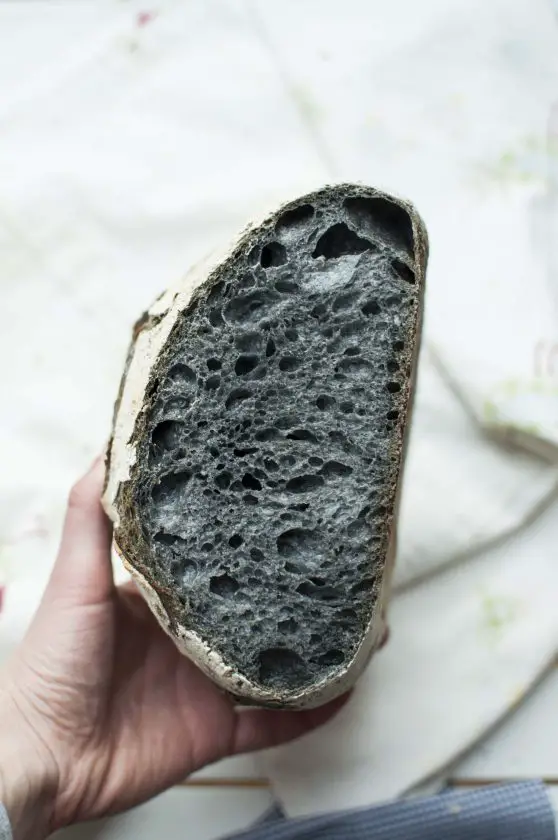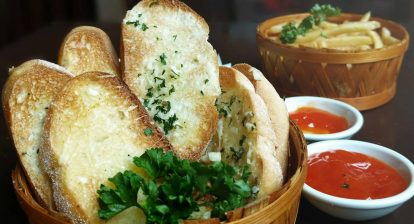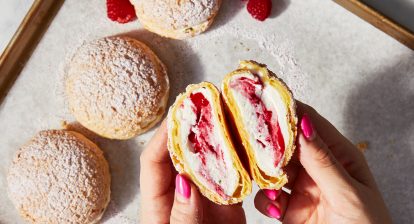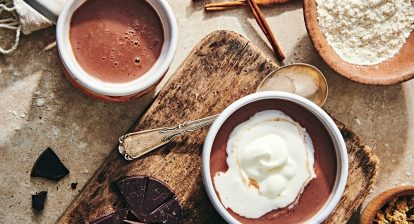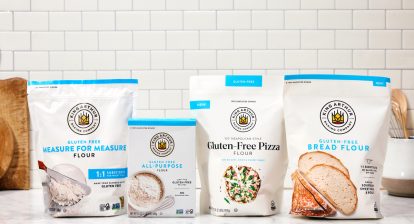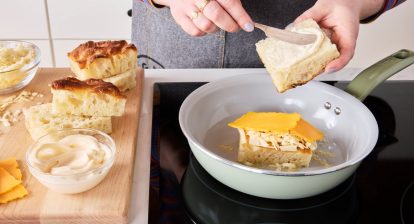Welcome to the baker's guide to natural bread coloring. Winter is the perfect time to slow down our lives, set some goals, turn down all the noise, take a well-deserved rest and re-ground for new adventures. But sometimes, winter gets too gray, monotonous and blues-y. It's when there may be no sun for weeks and all the greenery turns to a pale memory and snow covers what may have survived the bitter cold.
Then, I know, it's time to bring some joy and twists to baking. Today we will talk about how to color your dough with natural colors.
Before we dive into the colors, I would like to highlight some tips and guidelines that should be taken into account to avoid surprises:
1. There are many ways to make your bread colorful. The most common ones I go for are:
– juice (fresh fruit or vegetable juice)
– powder (dried spices and herbs or dried parts of vegetables and fruits)
– puree (vegetable or fruit puree)
There are a few other ways, like concentrated vegetable or fruit syrups or as @table_fable suggests on instagram by adding infused oils (powder or herbs) to the dough.
2. Color is also a taste.
Keep in mind that with larger doses (powder or liquid) you can reach the inedible limit very quickly – imagine putting a lot of cocoa, cinnamon or charcoal powder in the dough. I have experienced this problem with excessive use of fresh red cabbage juice. The color was pretty pink, but the flavor was very strong – only for true red cabbage lovers (don't say I didn't warn you :)). One thing to consider is the use of the final product – don't use fruit tea to color the dough if you know you're going to eat the bread that tastes good.
3. Get most of the food coloring by examining it.
If you juice your vegetables, you will notice that some vegetable juices often turn brown very quickly – the juice oxidizes. It makes no difference when you add the liquid to the dough. The most common loss of color intensity will occur with spinach, carrot, parsley and beet juice. The solution to this is to add some acidic substances to the liquid, such as lemon juice, buttermilk or vinegar.
Also, if you're not sure what the color intensity of the liquid in the dough will be, check how clear the liquid looks. The more transparent the liquid, the less intense the color in the final product.
Note: this post will be updated regularly with new experiments and findings about dough coloring. Feel free to join the fun here at or mine Instagram AND Facebook accounts.
Yellow
– turmeric powder (for the bread in the photo below, put 1 spoon per 250 g of flour) or saffron juice
– saffron
– egg yolks (applicable to sweet doughs)

Colored with turmeric powder.
ORANGE
– carrot juice or powder
– pumpkin juice or puree (see recipe here)
– paprika powder

Colored on the left with pumpkin puree, on the right with fresh carrot juice.
Red
– Hibiscus
– beetroot juice or powder
PINK
– raspberry
– red cabbage juice (experiment with cooked cabbage juice or adding a little baking soda for blue)
– purple potatoes

Colored with fresh red cabbage juice.
Purple
– purple carrots
– blueberries
– purple potatoes
– walnuts (nuts contain tannins which give the dough a gray-purple-lavender shade)

Colored with fresh purple carrot juice.
Green
– spinach
– matcha powder
– vegetable chlorophyll
– algae such as spirulina and chlorella powder

Colored with fresh spinach juice.
blue
This is the only color I haven't tried experimenting with. One of the reasons may be that blue isn't really a color you'd associate with food and dining (unicorn cakes don't count!). In food psychology, blue is considered an appetite suppressant and therefore it is highly advisable to use blue in meals when you want to lose weight (for example, using blue dishes). In nature blue food is very rare, in fact I can't remember any at the moment (except some flowers and blueberries I don't consider blue :)).
I'm planning to experiment with blue in the next few weeks. Wish me luck!
Coffee (rye malt, cocoa)
– rye/barley malt (see recipe here)
– cocoa powder
– cinnamon
– coffee
You can check out a great tutorial for the zebra effect (pictured right below). this connection. Try experimenting with different color combinations, it's fun.

Colored with cocoa powder.

Colored with rye malt.
Black / Grey
Black is, like blue, a relatively unappealing color when it comes to food. My experience with sharing black bread is doubt mixed with curiosity at first and excitement after trying it.
– activated charcoal powder (see the picture below, take recipe here)
– squid ink
– large amounts of raw cocoa powder

Colored with charcoal powder.
Have you tried coloring bread?
What is your favorite color?
What is your best experience and best advice for getting intense color?
I'd love to hear from you, let me know in a comment below, I can't wait! 🙂

